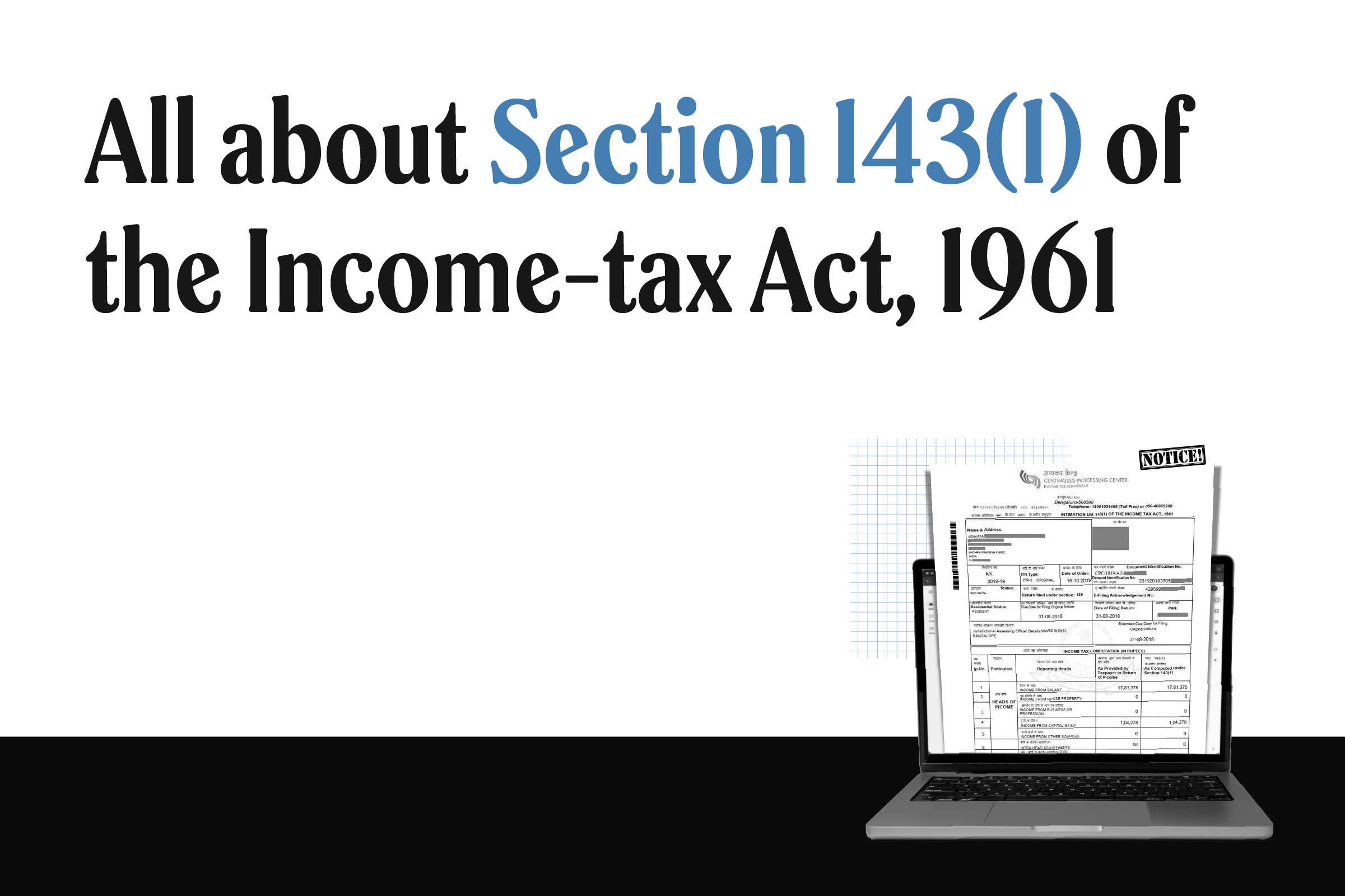Navigating through the income tax process can often be a daunting task, particularly with several tax-related documents involved. Two critical documents available on the Income Tax Portal that every taxpayer should be familiar with are the Annual Information Statement (AIS) and the Taxpayer Information Statement (TIS). This blog post aims to demystify AIS and TIS, explaining what they are and the difference between the two.
What is the Annual Information Statement (AIS)?
The Annual Information Statement, or AIS, is a comprehensive document that provides taxpayers with information about their financial transactions for a particular financial year. It includes details about tax deducted at source (TDS), tax collected at source (TCS), mutual fund transactions, stock market transactions, and more.
AIS serves as a ready reckoner for taxpayers to reconcile their income and investments with the income tax department’s data. This makes the process of filing income tax returns smoother and more accurate.
For year-round tax planning and filing talk to our Qualified Financial Advisor
Understanding the Taxpayer Information Statement (TIS)
The Taxpayer Information Statement, or TIS, is a relatively new document introduced by the Income Tax Department. It provides detailed information about a taxpayer’s income tax returns, demand, and refund status. The TIS aims to provide a taxpayer with all their tax-related information at a glance.
What is the difference between AIS and TIS in income tax?
Although both AIS and TIS provide essential tax-related information, they serve different purposes and contain different kinds of data:
Type of Information: AIS provides information about your financial transactions, such as investments, purchase or sale of property, etc., during the financial year. On the other hand, TIS contains data related to your income tax returns, demand, and refund status.
Purpose: The primary purpose of AIS is to assist taxpayers in cross-verifying their income and investments with the details available with the tax department, thereby ensuring accurate income tax return filing. TIS is designed to give taxpayers an overview of their tax payment, return filing, and refund status.
Access: Both AIS and TIS are accessible from the Income Tax Department’s e-filing portal. Taxpayers can log in using their credentials to view and download these statements.
How to Use AIS and TIS?
Utilizing AIS and TIS efficiently can greatly assist in managing your tax affairs:
Reconciling Income and Investments: Use AIS as a reference document to reconcile your income and investments when filing your income tax return. This can prevent discrepancies and notice from the tax department.
Tracking Tax Payment Status: TIS can help you track your tax payment, demand, and refund status. Regularly checking TIS can keep you updated about your tax liabilities or refunds due.
Old or new income tax regime: Which one saves you more tax? Find out here
Conclusion
Understanding the Annual Information Statement (AIS) and the Taxpayer Information Statement (TIS) is crucial for effective tax planning and compliance. These documents, available on the income tax portal, offer taxpayers a consolidated view of their financial transactions and tax status.
However, interpreting these documents can be complex, and it may be beneficial to seek advice from tax professionals or personal finance advisory services. Our team of experts can guide you in comprehending these statements, ensuring accurate income tax return filing, and efficient tax planning.
Remember, knowledge and awareness about these tax-related documents are an essential part of your financial journey. Stay informed, stay compliant, and happy tax planning!







